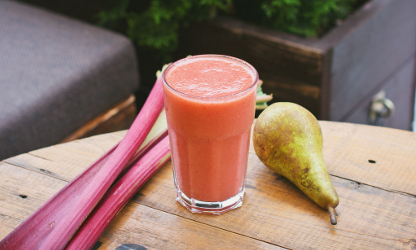

Biocontrol of Escherichia coli O157:H7 on fresh-cut leafy greens.
Bacteriophage, 2013
Boyacioglu, O., Sharma, M., Sulakvelidze, A., and Goktepe, I.
Abstract
The effect of a bacteriophage cocktail (EcoShield™) that is specific against Escherichia coli O157:H7 was evaluated against a nalidixic acid-resistant enterohemorrhagic E. coli O157:H7 RM4407 (EHEC) strain on leafy greens stored under either (1) ambient air or (2) modified atmosphere (MA; 5% O2/35% CO2/60% N2). Pieces (~2 × 2 cm2) of leafy greens (lettuce and spinach) inoculated with 4.5 log CFU/cm2 EHEC were sprayed with EcoShield™ (6.5 log PFU/cm2). Samples were stored at 4 or 10°C for up to 15 d. On spinach, the level of EHEC declined by 2.38 and 2.49 log CFU/cm2 at 4 and 10°C, respectively, 30 min after phage application (p ≥ 0.05). EcoShield™ was also effective in reducing EHEC on the surface of green leaf lettuce stored at 4°C by 2.49 and 3.28 log units in 30 min and 2 h, respectively (p ≥ 0.05). At 4°C under atmospheric air, the phage cocktail significantly (p ≥ 0.05) lowered the EHEC counts in one day by 1.19, 3.21 and 3.25 log CFU/cm2 on spinach, green leaf and romaine lettuce, respectively compared with control (no bacteriophage) treatments. When stored under MA at 4°C, phages reduced (p ≥ 0.05) EHEC populations by 2.18, 3.50 and 3.13 log CFU/cm2, on spinach, green leaf and romaine lettuce. At 10°C, EHEC reductions under atmospheric air storage were 1.99, 3.90 and 3.99 log CFU/cm2 (p ≥ 0.05), while population reductions under MA were 3.08, 3.89 and 4.34 logs on spinach, green leaf and romaine lettuce, respectively, compared with controls (p ≥ 0.05). The results of this study showed that bacteriophages were effective in reducing the levels of E. coli O157:H7 on fresh leafy produce, and that the reduction was further improved when produce was stored under the MA conditions.
Target
Escherichia coli (STEC)
Food Group
Fresh Produce
Food Product
Fresh-cut leafy greens
Product
Fresh-cut leafy greens





